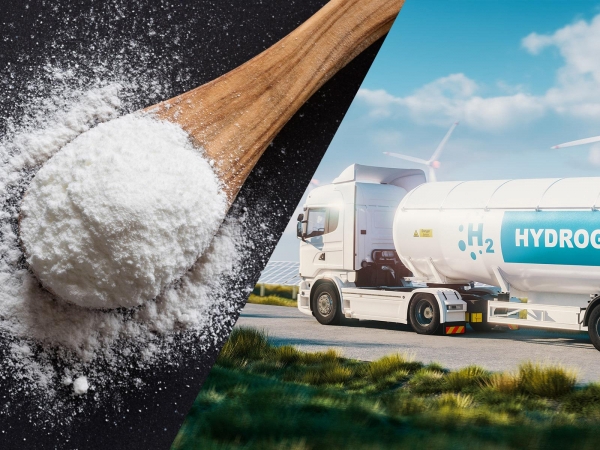In a world of continuously warmer temperatures, a growing consensus demands that energy sources have zero, or next-to-zero, carbon emissions. That means growing beyond coal, oil, and natural gas by getting more energy from renewable sources.
One of the most promising renewable energy carriers is clean hydrogen, which is produced without fossil fuels.
It’s a promising idea because the most abundant element in the universe is hydrogen, found in 75 percent of all matter. Moreover, a hydrogen molecule has two paired atoms—Gemini twins that are both non-toxic and highly combustible.
Hydrogen’s combustive potential makes it an attractive subject for energy researchers around the world.
At Pacific Northwest National Laboratory (PNNL), a team is investigating hydrogen as a medium for storing and releasing energy, largely by cracking its chemical bonds. Much of their work is linked to the Hydrogen Materials-Advanced Research consortium (HyMARC) at the Department of Energy (DOE).
Read more at Pacific Northwest National Laboratory
Image: A research team at PNNL has proposed a safe pathway to store and release clean energy based on the chemistry of baking soda. Credits: Composite image by Shannon Colson | Pacific Northwest National Laboratory


